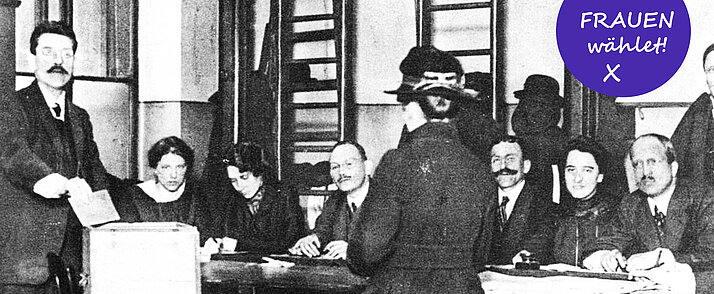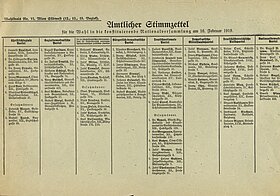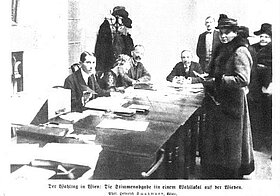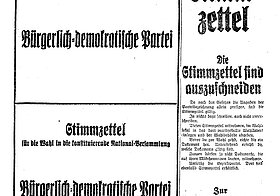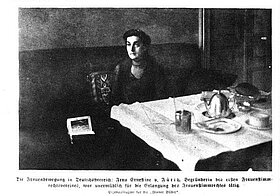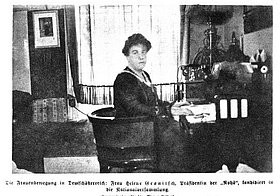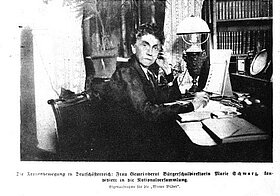Annual maintenance work will take place again this summer, which is why the reading rooms at the Heldenplatz location and in all collections will be closed from Friday, July 25, to Tuesday, August 5, 2025.
Due to the shutdown of the ordering system, no media orders can be accepted from Thursday, July 24, 2025, 4 p.m. to Tuesday, August 5, 2025, 4 p.m. The regular opening hours will then apply again from Wednesday, August 6, 2025.
The study room of the Albertina is closed from July 15 to August 15. During this time (except July 25 to August 5), media ordered from the Albertina collection will be transported twice a week (Monday and Thursday) to the reading rooms of the National Library on Heldenplatz and can be used there.
Starting August 1, 2025, the State Hall will open at 9 a.m.
Due to an event, the State Hall will be closed on August 4, 2025.
The precise electoral rules were decided on December 18th 1918. The voting age was set at 20 and women and men were able to stand as candidates from age 29 on. Prostitutes were banned from voting until 1923.
Election Day was awaited with excitement. Contrary to expectations, the percentage of women voters was only slightly lower than that of men. 82% of the 1,904.741 women and 87% of the 1,649.501 men eligible to vote exercised their electoral rights. A total of 115 women stood as candidates for election to the National Constituent Assembly, but generally with no hope of success.
The Social Democratic Workers Party won a relative majority with 72 seats. Until 1920, it formed a coalition government with the Christian Social Party, which gained 69 seats. Apart from these two large parties, a number of German nationalist parties with a total of 26 seats were also represented on the National Constituent Assembly. The middle-class parties only gained one seat due to their fragmentation. Some prominent representatives of the liberal middle-class women’s movement – such as Helene Granitsch, Marianne Hainisch, Olga Misar – had stood for middle-class parties, but none of them gained a seat.
Women’s voting behaviour was of great interest to politicians. The fears of the Christian Social Party that women’s suffrage would damage them proved unfounded. The majority of women voted for the Christian Social Party and middle-class parties, with the exception of Vienna. To facilitate a reliable assessment of voting behaviour, differently coloured envelopes for men and women were finally introduced at the 1920 election. Data for the elections between 1920 and 1930 confirm women’s preference for the Christian Social Party.
However, these equal political rights and majority of female eligible voters were not represented in the political representation. Only eight women joined the National Constituent Assembly on March 4th 1919.

